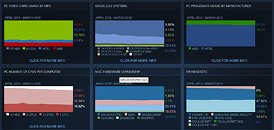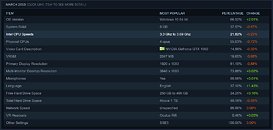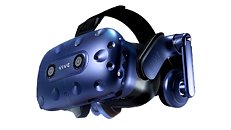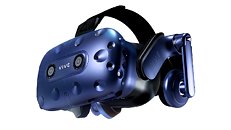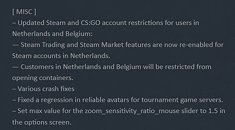The more things change, the more they stay the same. Valve had promised continued support to the Steam Link after
discontinuing it last year, and most took it to mean basic updates to the hardware device itself at the time. That was 2018, and it is remarkable how the topic of in-house game streaming has come up since. Be it
Google's Project Stream which seemingly is leading up to a
major announcement by the company at GDC coming up very shortly, or Microsoft introducing their new
Wireless Display app for PC game streaming on the XBOX One, as well as bringing its XBOX Live service to mobile platforms on iOS or Android alike, 2019 seems to herald a re-focus into the concept of game streaming whether the infrastructure is ready or not.
Valve for their own part has had their Steam Link be enjoyed by a fairly niche audience, one that shares a more local form of game streaming from a host device to another on the same network. NVIDIA's Shield offered a similar concept, and that too has not really made the news as much as NVIDIA would surely have wanted. This latest news from Valve allows streaming of one's Steam library (games, in particular) to phones, tablets, and TVs with no download or service fees applicable. Interested users can participate in the open beta program by simply downloading the app (
Google Play store only for now) or on the Raspberry Pi as has been the case for a few months already. The Steam Link app is compatible with a number of popular Bluetooth controllers, including the Steam Controller, and Valve recommends a 5 GHz network or wired Ethernet for best experience. Looks like the weekend just got busier than I originally planned!











